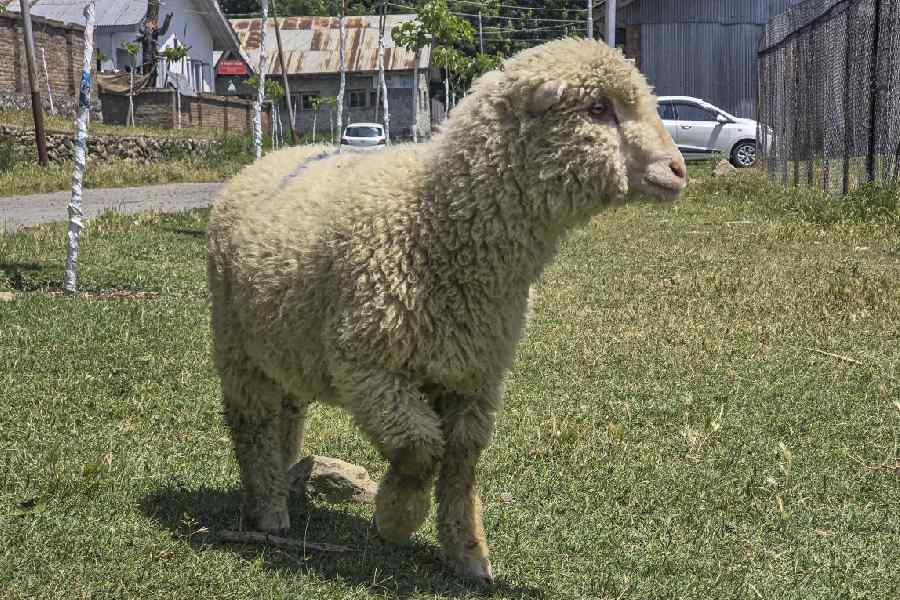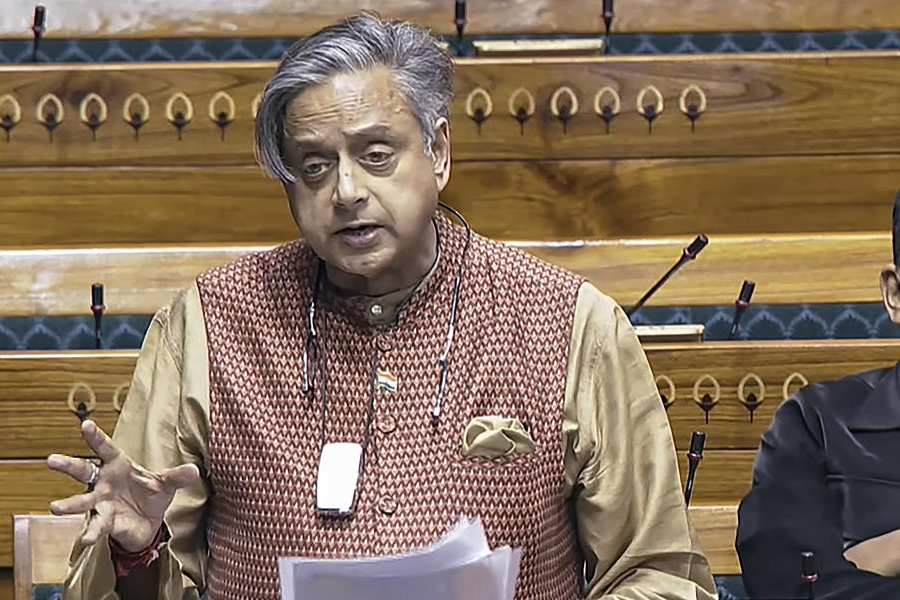A lamb born five months ago in a university farm in Srinagar is India’s first gene-edited sheep that scientists say marks a step towards developing hardier and meatier livestock breeds.
The Sher-e-Kashmir University of Agricultural Sciences and Technology (SKAUST) announced this week the birth of the gene-edited lamb, the outcome of a four-year research effort to incorporate this technology into animal husbandry.
Researchers at SKAUST used a gene-editing tool known as CRISPR-Cas9 to tweak a muscle-regulating gene called myostatin in the lamb during its embryonic stage. The change is expected to boost muscle mass by up to 30 per cent.
“By editing the gene, we’re trying to enhance muscle mass,” said Riaz Ahmad Shah, professor of animal biotechnology and head of livestock research at SKAUST. Such genetic mutations naturally exist in the Texel, a breed of well-muscled sheep originally from the island of Texel in the Netherlands.
Unlike conventional genetic modification, which involves adding foreign DNA, or genetic material, into organisms, scientists say CRISPR-based gene-editing makes precise tweaks within an organism’s own genes, helping sidestep the controversy around genetically modified organisms.
The gene-edited female lamb belonging to the breed known as Kashmir merino was born in late December 2024, Shah said. Since its birth, the researchers have conducted several tests on the lamb to determine that it is in good health and verify that the gene-editing process was successful.
“We’re hoping this is the start of a new era in livestock biotechnology in the country,” said Nizar Ahmed Ganai, vice-chancellor of SKAUST. “We now have a female gene-edited sheep. Our future goal is to achieve this in a male. We want to standardise the protocol to eventually enable breeding with such gene-edited sheep,” Ganai told The Telegraph.
Scientists in other countries have used CRISPR technology to knock out the myostatin gene in goats, rabbits and catfish.
The lamb born in SKAUST is the outcome of a four-year research effort funded by the Indian Council of Agricultural Research. Shah and
his colleagues used drugs to initiate superovulation in female sheep, extracted the
eggs, artificially inseminated them, applied the gene-editing tool on the embryos, then implanted the embryos into female sheep that served as surrogate mothers.
Each step along this process is a challenge, said Ganai. The SKAUST scientists estimate that they lost nearly 100 embryos during their attempts to produce a gene-edited sheep. The gene-edited lamb born was among a set of four embryos. But tests revealed that among the four, the gene-editing had been successful in only one embryo.
Scientists also hope to use CRISPR in the long term to develop livestock that are hardier, more resilient to environmental stresses expected to accompany climate change and better able to resist diseases.











